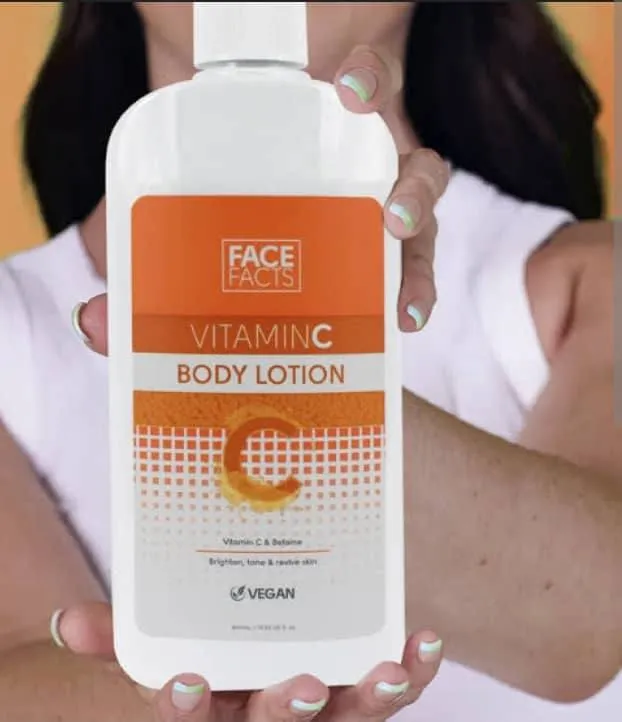What is Whitening Cream Without Hydroquinone
Whitening creams, also known as skin-lightening creams, are topical products designed to reduce the appearance of dark spots, hyperpigmentation, and uneven skin tone. These creams work by interfering with the production of melanin, the pigment responsible for skin color. Hydroquinone, a common ingredient in many whitening creams, has been the subject of much debate due to potential side effects. Hydroquinone-free whitening creams offer an alternative, using different active ingredients to achieve similar results. They are formulated without hydroquinone, making them a safer choice for some individuals, especially those with sensitive skin or those seeking to avoid the potential risks associated with hydroquinone. The best whitening cream without hydroquinone focuses on gentle yet effective ingredients.
Understanding Hydroquinone and Its Alternatives
Hydroquinone works by inhibiting tyrosinase, an enzyme essential for melanin production. While effective, it can cause side effects like skin irritation, ochronosis (a darkening of the skin), and increased sensitivity to the sun. Alternatives use different mechanisms to lighten skin. These alternatives are designed to be safer and gentler, making them suitable for long-term use. Choosing a hydroquinone-free option can significantly reduce the risk of adverse reactions. Many formulations combine multiple active ingredients to target different stages of melanin production, enhancing overall efficacy.
Why Choose Hydroquinone-Free Whitening Creams
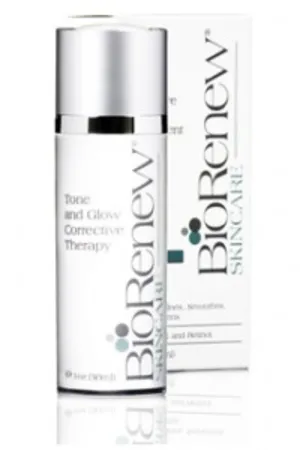
There are several compelling reasons to opt for hydroquinone-free whitening creams. First and foremost, they minimize the risk of side effects. Individuals with sensitive skin or pre-existing skin conditions often find these creams gentler and better tolerated. Hydroquinone-free options are also often a preferred choice for those who wish to avoid the potential long-term risks associated with hydroquinone. Furthermore, many individuals prefer natural or plant-based ingredients, and hydroquinone-free creams often incorporate these types of ingredients. These creams are also often more readily available and do not require a prescription, offering greater convenience. By choosing hydroquinone-free creams, users can achieve skin-lightening goals while prioritizing skin health and safety.
Key Ingredients to Look For
When selecting a whitening cream without hydroquinone, it’s important to understand the active ingredients that contribute to its effectiveness. These ingredients are carefully selected for their ability to safely and effectively lighten the skin. These ingredients work by inhibiting melanin production, promoting cell turnover, and providing antioxidant protection. Understanding these key ingredients empowers consumers to make informed decisions. By familiarizing themselves with their benefits and properties, users can find the best whitening cream without hydroquinone that meets their specific needs.
Vitamin C
Vitamin C, a potent antioxidant, brightens skin and reduces hyperpigmentation. It inhibits melanin production and protects against UV damage. Vitamin C can improve skin tone and texture, giving a radiant look. It also helps in collagen synthesis, promoting youthful skin. Look for L-ascorbic acid, a potent form, in your best whitening cream for enhanced effects. Vitamin C is a versatile ingredient. It tackles various skin concerns simultaneously, making it a great choice. Incorporating it into your skincare routine can yield noticeable improvements. This ingredient is generally well-tolerated and suitable for different skin types.
Niacinamide

Niacinamide, a form of vitamin B3, is a versatile ingredient that reduces hyperpigmentation and improves skin tone. It inhibits melanosome transfer, preventing melanin from reaching the skin’s surface. Niacinamide also strengthens the skin barrier, reducing sensitivity and inflammation. It helps to minimize pores and improve skin texture. It is known for its soothing and anti-inflammatory properties. Niacinamide is suitable for many skin types, including sensitive skin. Its benefits extend beyond skin lightening. It makes it a valuable addition to the best whitening cream without hydroquinone.
Alpha Arbutin
Alpha Arbutin, a glycosylated hydroquinone derivative, effectively lightens skin by inhibiting tyrosinase. It’s a safer alternative to hydroquinone, with fewer side effects. Alpha Arbutin reduces dark spots and evens skin tone. It’s often used to treat conditions like melasma and post-inflammatory hyperpigmentation. Alpha Arbutin is a stable and effective ingredient. It is considered a reliable option for skin lightening. It is gentler than hydroquinone, making it suitable for long-term use. It works by blocking the enzyme tyrosinase. Alpha Arbutin can be used safely on various skin types to give a brighter and more even complexion.
Kojic Acid
Kojic acid is derived from fungi and is known for its skin-lightening properties. It inhibits tyrosinase, reducing melanin production, and minimizing dark spots. Kojic acid is effective against sunspots and age spots. It also has antioxidant and anti-inflammatory properties. While effective, some individuals may experience skin irritation. It is essential to start with a low concentration and gradually increase as needed. It is used in many best whitening cream formulations. It is often combined with other lightening agents to enhance its efficacy. This ingredient’s use should be monitored.
Other Beneficial Ingredients
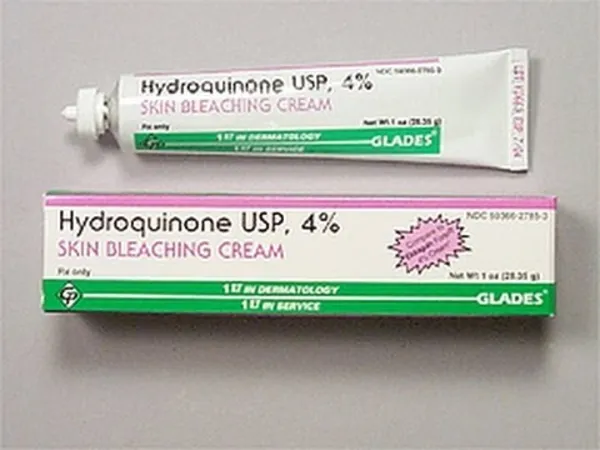
Besides the core ingredients, many other components in whitening creams support skin health. Ingredients such as licorice extract, with its anti-inflammatory and skin-lightening properties, can be beneficial. Azelaic acid, effective against acne and hyperpigmentation, is another good choice. Retinoids, such as retinol, promote cell turnover and reduce dark spots but may increase sensitivity. Always consider products with antioxidants and moisturizers. Ingredients like hyaluronic acid can improve skin hydration. Incorporating these ingredients enhances overall skin health. Choose products that complement the core ingredients to maximize their benefits.
Factors to Consider When Choosing
Choosing the best whitening cream without hydroquinone requires careful consideration of individual skin needs. It’s important to consider your skin type, existing skin concerns, and the importance of sun protection. A holistic approach helps in selecting the perfect product. Customization ensures the best results. Always consider these factors to select the best whitening cream that suits your skin type and goals.
Your Skin Type
The best whitening cream should align with your skin type. If you have dry skin, choose creams with moisturizing ingredients like hyaluronic acid. These ingredients help keep the skin hydrated. For oily skin, opt for lighter formulations. Oil-free or gel-based creams are best to prevent breakouts. Those with sensitive skin should select creams with gentle, non-irritating ingredients. Always perform a patch test before applying to a large area. Look for products specifically formulated for sensitive skin. A product’s suitability depends on its compatibility. Selecting the right product ensures your skin health.
Skin Concerns

Consider your specific skin concerns when selecting a whitening cream. If you have dark spots, choose products with ingredients like vitamin C or alpha arbutin. For uneven skin tone, niacinamide can be highly effective. If you’re dealing with acne scars, look for creams containing azelaic acid or kojic acid. These ingredients aid in both lightening and reducing inflammation. Always address your primary concern. Combining multiple active ingredients can target multiple issues. Match the cream to your specific needs for the best results. This approach leads to customized and effective skincare.
Sun Protection
Sun protection is crucial when using whitening creams. The sun can exacerbate hyperpigmentation and reduce the effectiveness of the cream. Always apply a broad-spectrum sunscreen with an SPF of 30 or higher every morning. Reapply sunscreen every two hours. Wear protective clothing and seek shade during peak sun hours. Sun protection is as important as the whitening cream itself. Consistent sun protection ensures better and faster results. Incorporate sun protection into your daily routine. This protects the skin. A proactive approach is essential for radiant, healthy skin.
How to Use Whitening Cream Effectively
The effectiveness of a whitening cream depends not only on its ingredients but also on how it is applied. Proper usage enhances results. This includes correct application techniques, consistency, and realistic expectations. Following the correct steps ensures optimal performance. This means that you are more likely to get your desired outcomes. Proper usage significantly impacts the overall success of the cream.
Application Techniques
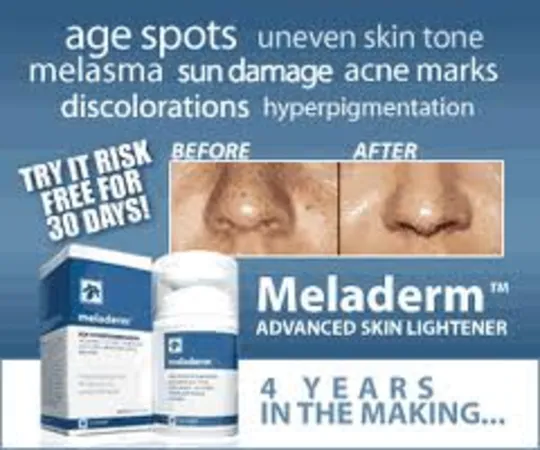
Apply the cream to clean, dry skin after cleansing. Use a small amount and gently massage it into the skin. Focus on the areas you wish to lighten. Avoid applying the cream too thickly, as this will not increase its effectiveness and might cause irritation. Follow the instructions on the product label. Many creams are best used in the evening, as some ingredients can increase sun sensitivity. Use gentle, circular motions. Let the cream fully absorb. Consistent application is key for achieving the desired results. Always wash your hands after applying the cream.
Consistency is Key
Consistency is critical for seeing results from a whitening cream. Use the cream regularly, as directed on the product label, to see the best results. Skin lightening takes time. You might not see noticeable changes immediately. Usually, it takes several weeks or months of regular use. Don’t skip applications, even if you don’t see results immediately. Keep a regular skincare routine. This will optimize the cream’s effectiveness. Patience and perseverance are essential. Continuing the use of the cream leads to significant improvements over time.
Managing Expectations
It’s important to have realistic expectations when using a whitening cream. While these creams can improve skin tone and reduce hyperpigmentation, they might not provide complete results. The degree of lightening varies depending on the individual’s skin type, the severity of the condition, and the specific ingredients used. Results are often gradual. Expect a slow, steady improvement in skin appearance. Be patient and consistent. If you do not see the desired results, consult a dermatologist. This will help you manage your expectations. Remember, everyone’s skin responds differently. Set achievable goals for the best outcome.
Top Whitening Cream Recommendations
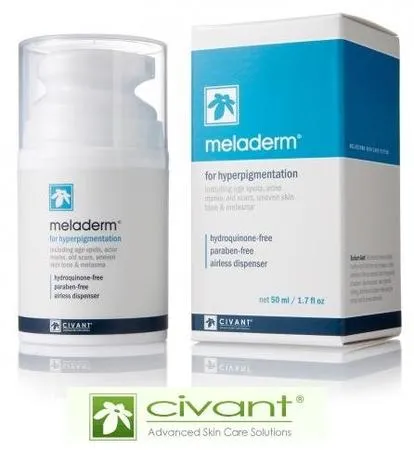
Choosing the best whitening cream requires understanding various options. Several products stand out for their effectiveness and safety. When choosing a product, it’s essential to understand your skin type. This means you’ll get the desired results. The following recommendations include various formulations. They also use different active ingredients to suit various skin concerns. This ensures that you can find the best choice.
Cream 1
Cream 1 is formulated with Vitamin C and Alpha Arbutin, providing both antioxidant protection and skin-lightening benefits. It is suitable for most skin types, but it is gentle enough for sensitive skin. This cream targets dark spots and uneven skin tone. It is formulated to improve skin texture and reduce fine lines. Cream 1 also includes moisturizing ingredients. It ensures that the skin stays hydrated. Consistent use can lead to a brighter, more even complexion. Apply a thin layer to clean skin. This cream will improve your overall skin condition.
Cream 2
Cream 2 uses Niacinamide and Kojic Acid to address hyperpigmentation and control oil production. It is ideal for individuals with oily or acne-prone skin. Cream 2 works to minimize pores and reduce blemishes. It reduces inflammation and promotes clearer skin. The formulation also contains antioxidants. These ingredients enhance the skin’s natural radiance. Consistent use results in a more balanced and even complexion. Apply a small amount. This cream has beneficial effects for oily skin.
Cream 3
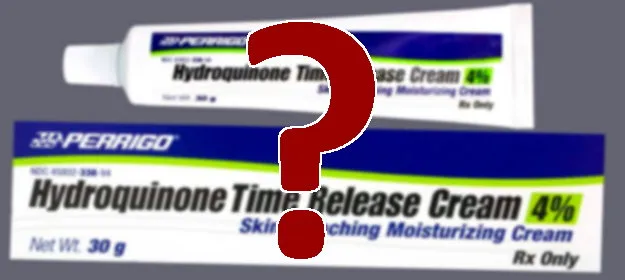
Cream 3 combines licorice extract, and azelaic acid, focusing on brightening and reducing redness. This makes it suitable for those with sensitive skin or rosacea. Cream 3 is gentle. It soothes the skin. It promotes even skin tone and minimizes inflammation. It is designed to provide both lightening and calming effects. Apply this cream to the affected area. This will improve your skin’s overall health. Its formulation helps with hyperpigmentation.
Conclusion
Selecting the best whitening cream without hydroquinone is a journey that should be tailored to your individual skin type, concerns, and goals. By understanding the active ingredients, following correct application techniques, and maintaining a consistent skincare routine, you can achieve a brighter, more even complexion safely and effectively. Always prioritize your skin’s health and consult with a dermatologist if you have specific concerns. Choosing the right product can help you achieve radiant and healthy skin.
